Celine Dion, also known as the “Queen of the Power Ballad,” has captivated audiences for decades with her dynamic performances and incredible vocal range.
Born in Quebec, Canada, the youngest of 14 children, Dion got her big break when she won the 1988 Eurovision Song Contest at age 20. She became a global superstar in the 1990s with the release of numerous international chart-topping songs, including the theme from the movie Titanic, “My Heart Will Go On.”
In December 2022 Dion made news for a different reason: After postponing and canceling a number of concerts on her worldwide tour, she revealed that she had been diagnosed with a rare and disabling disorder called stiff person syndrome (SPS) that had affected her ability to sing and walk.
The new documentary I Am: Celine Dion, directed by Irene Taylor, and currently streaming on Amazon Prime, offers an intimate and at times shocking look at Dion’s life with this debilitating condition.
Here are seven of the biggest revelations from the film.
1. It Took 17 Years for Dion to Get the Right Diagnosis
The 56-year-old’s first signs of stiff person syndrome appeared 17 years before her July 2022 diagnosis, when she first began experiencing unexplained muscle spasms that affected her vocal cords and overall well-being.
Identifying stiff person syndrome can be very challenging, and that often means people aren’t diagnosed early and may even be misdiagnosed, says Sarah Wesley, MD, MPH, a neurologist who specializes in inflammatory disorders at Columbia University in New York City. (Dr. Wesley isn’t involved in Dion’s treatment.)
2. Dion and Her Team Came Up With Fake Excuses for Her Canceled Tour Dates
The documentary details how symptoms of stiff person syndrome caused Dion to cancel shows or leave the stage mid-show when spasms caused her voice to fail.
In the film, the singer breaks down in tears as she reveals that she and her team lied about the reasons for the cancellations, giving fake excuses like ear or sinus infections.
In the spring of 2023, she says she made the agonizing decision to cancel the remainder of her Courage World tour, knowing how disappointed her fans would be.
The singer largely stayed out of the public eye after that, in part out of concern that people would see her having excursions with her family on a night when she was supposed to be on stage.
3. Stiff Person Syndrome Makes Dion’s Everyday Life Difficult
“I was losing my balance a lot. It was hard to walk. A lot of pain,” Dion recounts in the documentary.
People with stiff person syndrome can have episodes where they’ll be walking and just freeze; that stiffness poses a high risk of falls and subsequent fractures or head injuries, says Wesley.
With stiff person syndrome, the body’s own immune system goes awry and attacks an important enzyme in the nervous system that “turns off” muscles when a person is not using them. As a result muscles are constantly stimulated, which can lead to extreme stiffness and spasms, Wesley explains.
The pain of those spasms is not to be underestimated, says Wesley.
“It’s really severe — 10 out of 10 pain. Spasms are often prolonged and that can lead to people’s heart rates going up, sweating, and almost feeling like they are going to faint from the pain,” she says.
4. Dion Was Using Life-Threatening Amounts of Valium Before Her Diagnosis
Pre-diagnosis, the singer tried numerous remedies to keep performing, including steam showers and over-the-counter medications. As her symptoms worsened, her doctors prescribed different drugs, including Valium (diazepam) as a muscle relaxant.
“It could have been fatal. I did not question the level because I don’t know medicine,” Dion says in the film, adding, “I did not understand that I could have gone to bed and stopped breathing. And you learn. You learn through your mistakes.”
5. Progress on Her Journey Back to Performing Led to a Frightening Disease Flare
Near the end of the documentary, the singer returns to the studio and nails a recording. After that exultant moment, Dion fist-bumps members of her team.
But soon after she is in a physical therapy appointment (part of her ongoing treatment) and begins to feel spasms in her foot. Her whole body locks up and it’s clear she’s in excruciating pain. Her team gives her diazepam nasal spray, which provides some relief.
With stiff person syndrome, moments of excitement or stress can trigger a flare. “One part of the condition is that overstimulation — whether it’s happiness, whether it’s sadness, whether there’s a sound, a surprise — can put me into a crisis,” says Dion.
6. The Documentary Includes Intimate Moments From the Star’s Home Life
Although the film includes clips of the singer on stage, it mostly shows her in everyday life, makeup-free, her hair pulled back in a simple bun.
Dion shares home video footage from the birth of her eldest son, René-Charles, and her current home life as the mother of 13-year-old twins, her children from the singer’s marriage to her longtime husband and manager René Angélil. Angélil died in 2016 at the age of 73 from throat cancer.
7. Celine Dion Isn’t Giving Up
The flare at the end of the movie is harrowing, and it’s hard not to wonder if Dion will ever realize her dream of recording and performing again.
But her will is strong. “If I can’t run, I’ll walk. If I can’t walk, I’ll crawl. But I won’t stop,” she says.


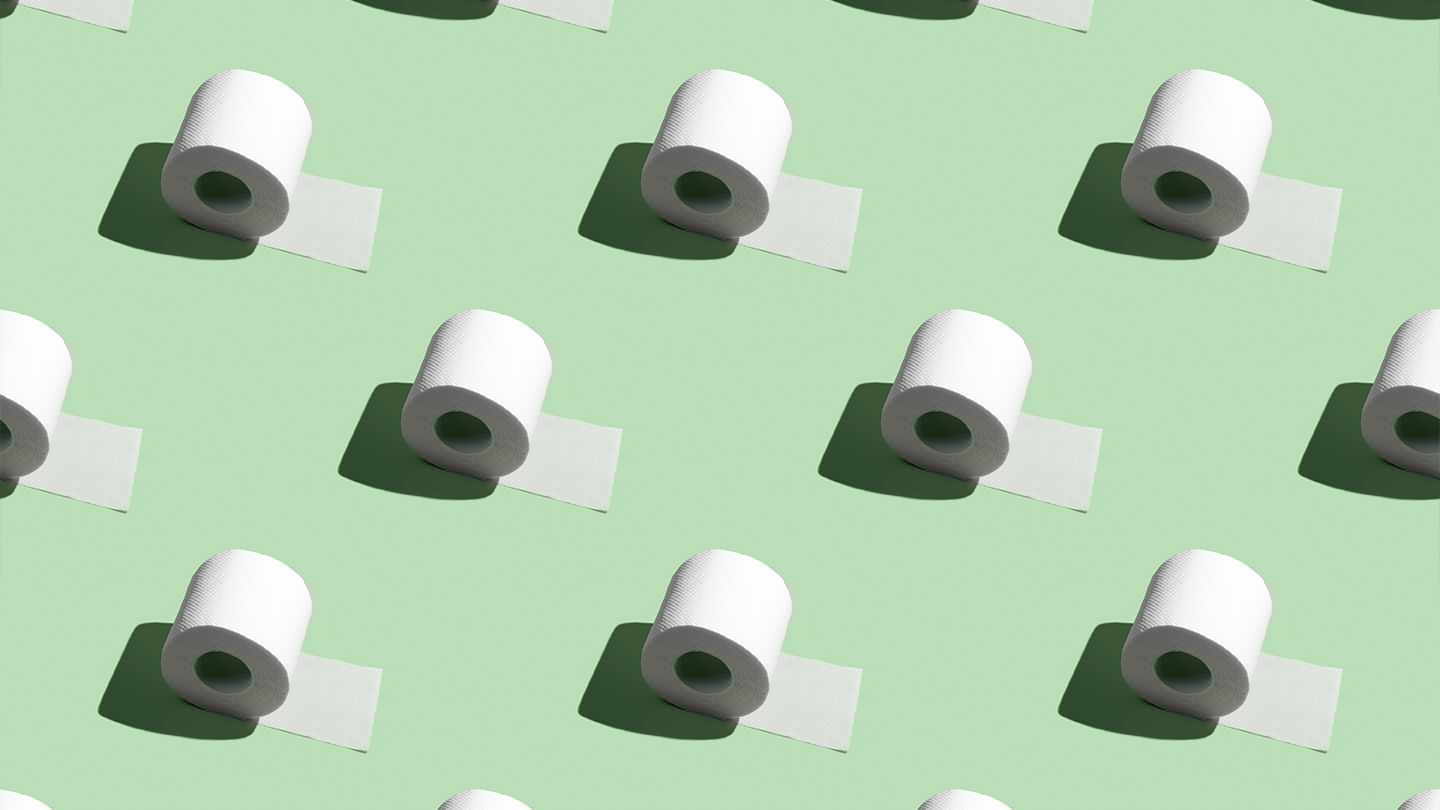
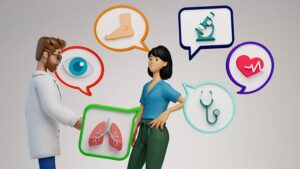

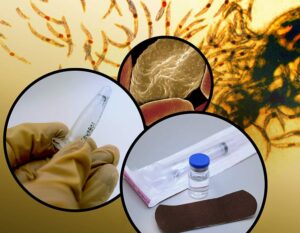
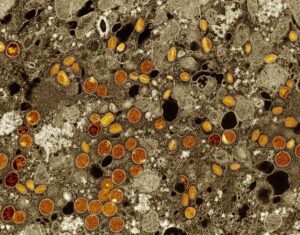


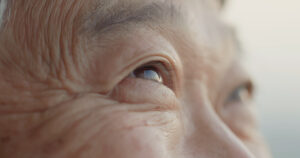

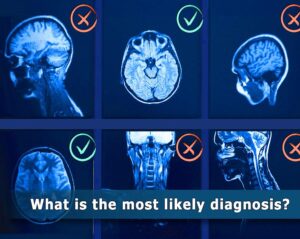
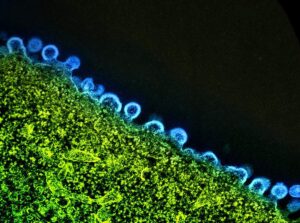
Post Comment